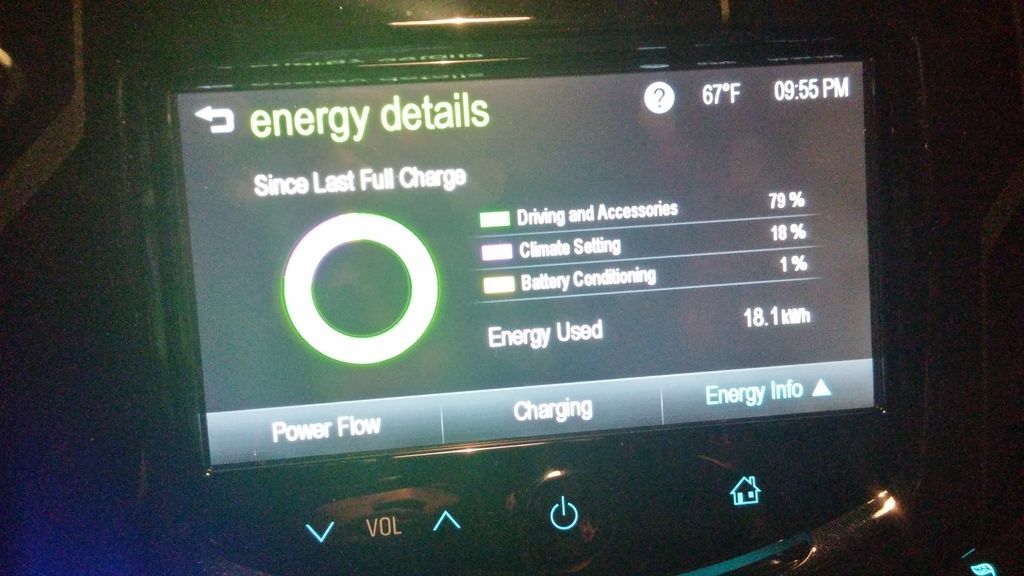LOL.
1) Chevy is not Lexus. Neither is Cadillac for the matter.
....
Cadillac is certainly not Lexus. 640HP, 4 door, 4140lb, $85k, run 'ring times with the best, but also makes a smooth boulevard cruiser due to the electronic shocks. Even the wimpy 556hp version (I think we paid $68k? out the door?) laps in under 8 minutes.
When Lexus makes something fast, it's $400,000 by the time you take delivery, IF you can get one, but it's not a capable as $100k Chevrolets that sitting on lots.
Abuse a Lexus like folk thrash their Cads, and I doubt it would hold up. Secret to making reliable cars? Make them slow, so nothing breaks, and only the timid buy them. Low stress, driven like an antique china teacup, SUCCESS! Toyota has used that winning formula forever.
When Toyota makes bigger vehicles with more power, their reliability and fuel economy falls faster than the market average. Only buy the timid ones.




